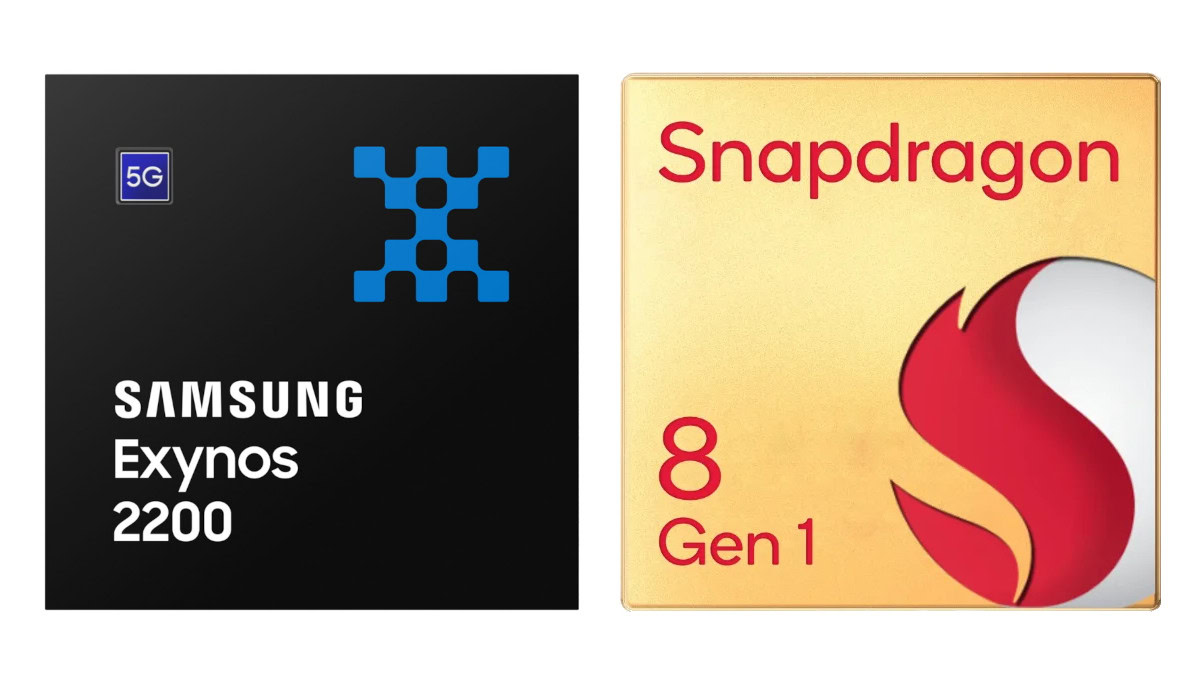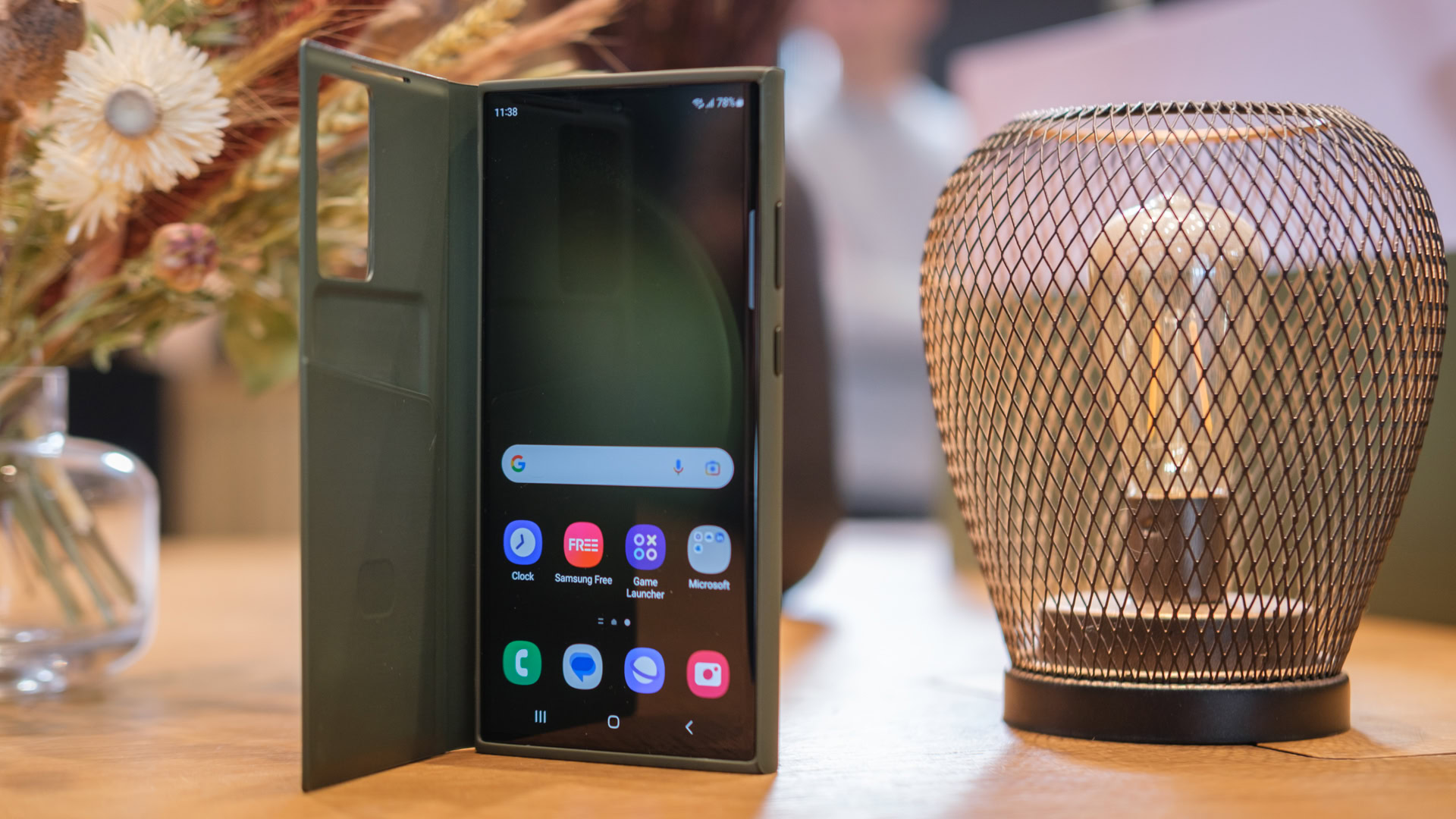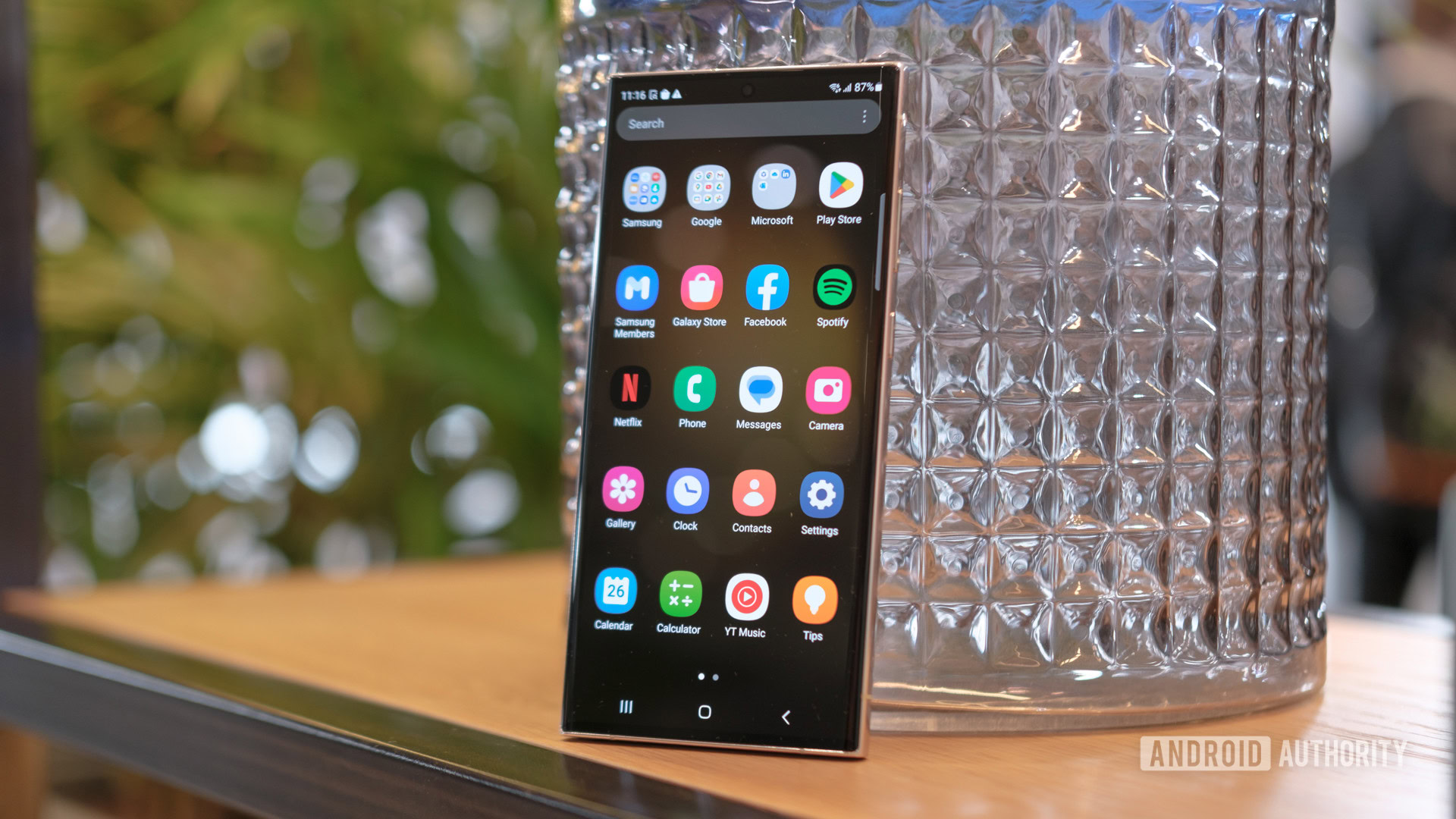Exynos versus Snapdragon has, historically, been a big talking point in techier smartphone circles. The two processor brands have dueled for the top performer spot in the Android space for the past decade. Not this year though; the Samsung Galaxy S23 series ships exclusively with Qualcomm silicon (we haven’t noted any regional exceptions so far). A “Snapdragon 8 Gen 2 for Galaxy” to be precise.
At first glance, simplifying the global product lineup with a single chipset seems long overdue. Enthusiast consumers no longer have to dive into the Galaxy S23 spec sheet, only to lament different features or performance points depending on the chip powering their region. Global parity is assured with the S23 series, something we haven’t been able to say for a number of years.
A unified chipset is also allowing Samsung to lean into platform-specifics. For instance, the Galaxy S23 series makes use of Qualcomm’s cutting-edge imaging smarts for semantic segmentation for enhanced quality and new photography features. We won’t have to fret over differences in image signal processing or which chipset has the better graphics driver support (Diablo Immortal on Exynos was famously a trainwreck, to name one example) this year. However, this does mean we are equally missing out on Exynos pushing the envelope in areas Snapdragon has typically been slower, such as video encode/decode and ray tracing.
Global S23 parity is assured with the Snapdragon 8 Gen 2 for Galaxy.
Understandably, the Exynos versus Snapdragon headache is one that Samsung has been reluctant to discuss openly. Especially in numerous years of controversial silicon performance, such as last year’s models. And yet Exynos has long been a feather in Samsung’s cap.
Aside from Apple, Samsung is currently the only smartphone manufacturer producing its own silicon. The company also helped Google develop its semi-custom Tensor processor line-up. Not only does that lend the brand additional prestige but, in theory, Exynos ensures Samsung retains low-level input on the direction of the performance and essential features of its handsets. Not to mention it’s a healthy buffer against Qualcomm’s dominance in the Android SoC space. With that in mind, the absence of an Exynos-powered Galaxy S23 is a glaring omission.
Samsung Galaxy S23 Plus
Large AMOLED display
Snapdragon 8 Gen 2 power
Bigger battery

Samsung Galaxy S23 Ultra
New 200MP main camera
Beautiful display
S Pen functionality
Why drop Exynos now?

2022’s dubious Exynos 2200 comes to the foreground when trying to explain why Exynos is absent this year. Despite promising cutting-edge features like ray tracing, the chip overheated under stress, resulting in the GoS throttling controversy. Following previous issues with its now-defunct custom Mongoose CPUs, perhaps Exynos has had its day?
That would, however, be an oversimplification. For starters, Exynos had its fair share of design wins over the years and the previous model was competitive. Not to mention that silicon roadmaps play out over several years. Their time-consuming and expensive nature means there can rarely be snap decisions. Secondly, Qualcomm’s Snapdragon Gen 1 suffered from similar performance limitations, owing to Samsung Foundry’s underperforming 4nm manufacturing node. Moving to TSMC’s rival node solved the issue for the Snapdragon 8 Plus Gen 1.
The Exynos 2200 was just the latest in a history of troubled Samsung chipsets.
Of course, Samsung has never produced a flagship Exynos chip at its foundry rival and almost certainly has no intention of doing so. That would be an admission of TSMC’s superiority, which would have knock-on effects on Samsung Foundry’s aspirations across automotive silicon, mobile, and other markets. However, if foundry yield is a lingering issue, it could take months, possibly years to resolve, likely throwing Samsung’s chipset roadmap into disarray.
Unfortunately, various representatives ducked our questions about specifics on the missing Galaxy S23 chipset. However, according to Samsung in July 2022, “we are reorganizing our system-on-chip (SoC) business model, and are pursuing a plan to strengthen our competitiveness in the mid- to long-term.” As part of this restructuring, Samsung has reportedly formed a processor development team within its core mobile business, bringing the two much closer together. But the fruits of this move will take years to appear.
Outside of Exynos, issues at Samsung Foundry has prompted a broader reorganizing of Samsung’s SoC business.
In the meantime, Qualcomm previously noted that it struck a deal to power the “Galaxy S23 and beyond” in a multi-year, global agreement. Reading between the lines, we might not see an Exynos-powered phone in 2024 either. Speculation is that Samsung will have a revamped chipset to launch in 2025, which could be a much-needed rebuff to the looming Qualcomm Oryon CPU-powered platforms coming in the next few years.
So no Galaxy S23 Exynos model. Are we missing out?

Robert Triggs / Android Authority
Either way, an Exynos flagship looks to be on hiatus while Samsung conducts root and branch restructuring of both its foundry and silicon design ambitions and capabilities. The lack of an Exynos Galaxy S23 isn’t simply down to a single issue. There are broader signs that Samsung’s semiconductor operations needed to become more streamlined to better compete with both its silicon developer and manufacturing rivals.
Unfortunately for consumers, these issues have come to a head just as the silicon industry is at a crossroads. The rise of Arm-for-PC silicon, in the form of Qualcomm/Nuvia and Apple’s M-series silicon, presented Samsung with the opportunity to move beyond powering smartphones and tablets. A window that it will now likely miss.
Samsung is reorganizing its SoC business right in the middle of the biggest transition in years.
Likewise, ray tracing for smartphones is just in its infancy. Based on our early look, Samsung’s partnership with AMD for graphics yielded promising results. It’s a shame that we now won’t see what a second-generation ray tracing Exynos SoC would be capable of.
Of course, Snapdragon for Galaxy is an exciting chip too, and will no doubt provide plenty of performance and features for this year’s flagship handsets and beyond. But that reaffirms the risk that Exynos may simply never reappear after this hiatus, despite Samsung’s rumored intention to come back with a bang.





















Discussion about this post